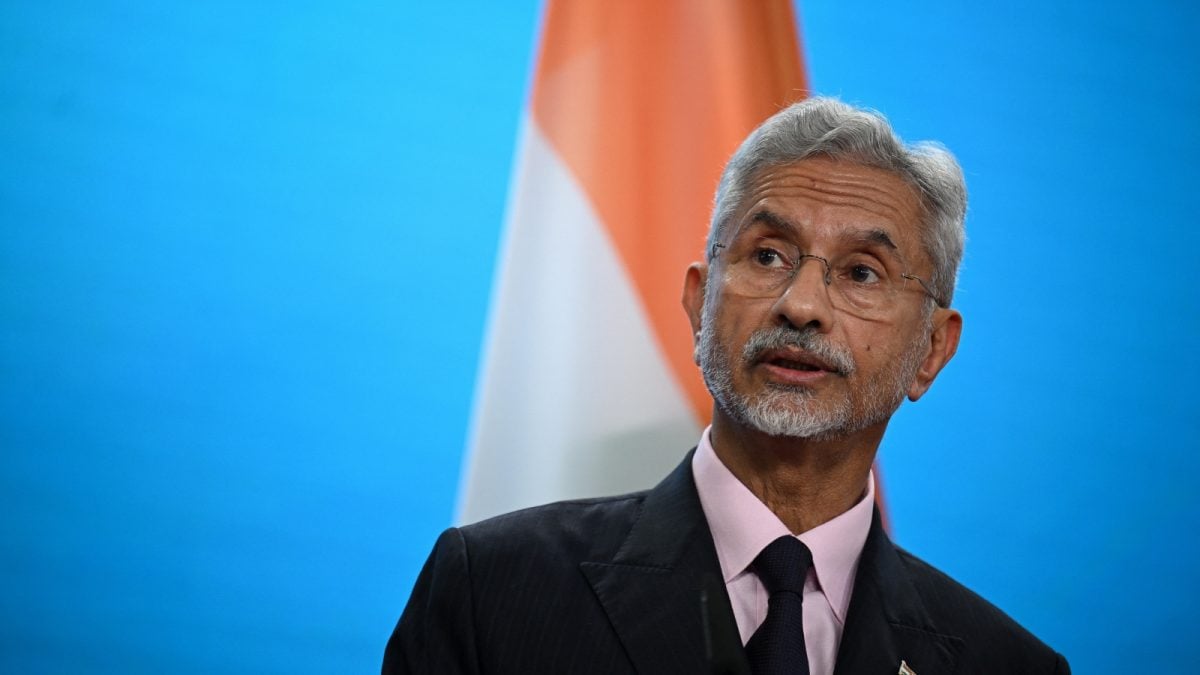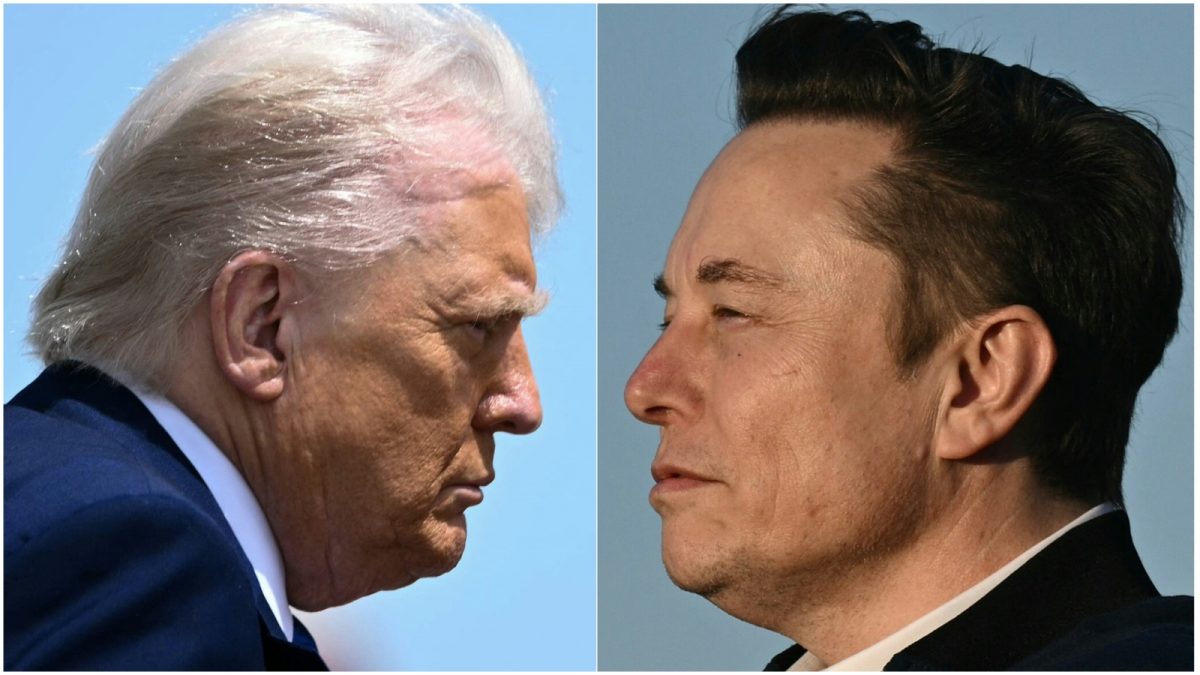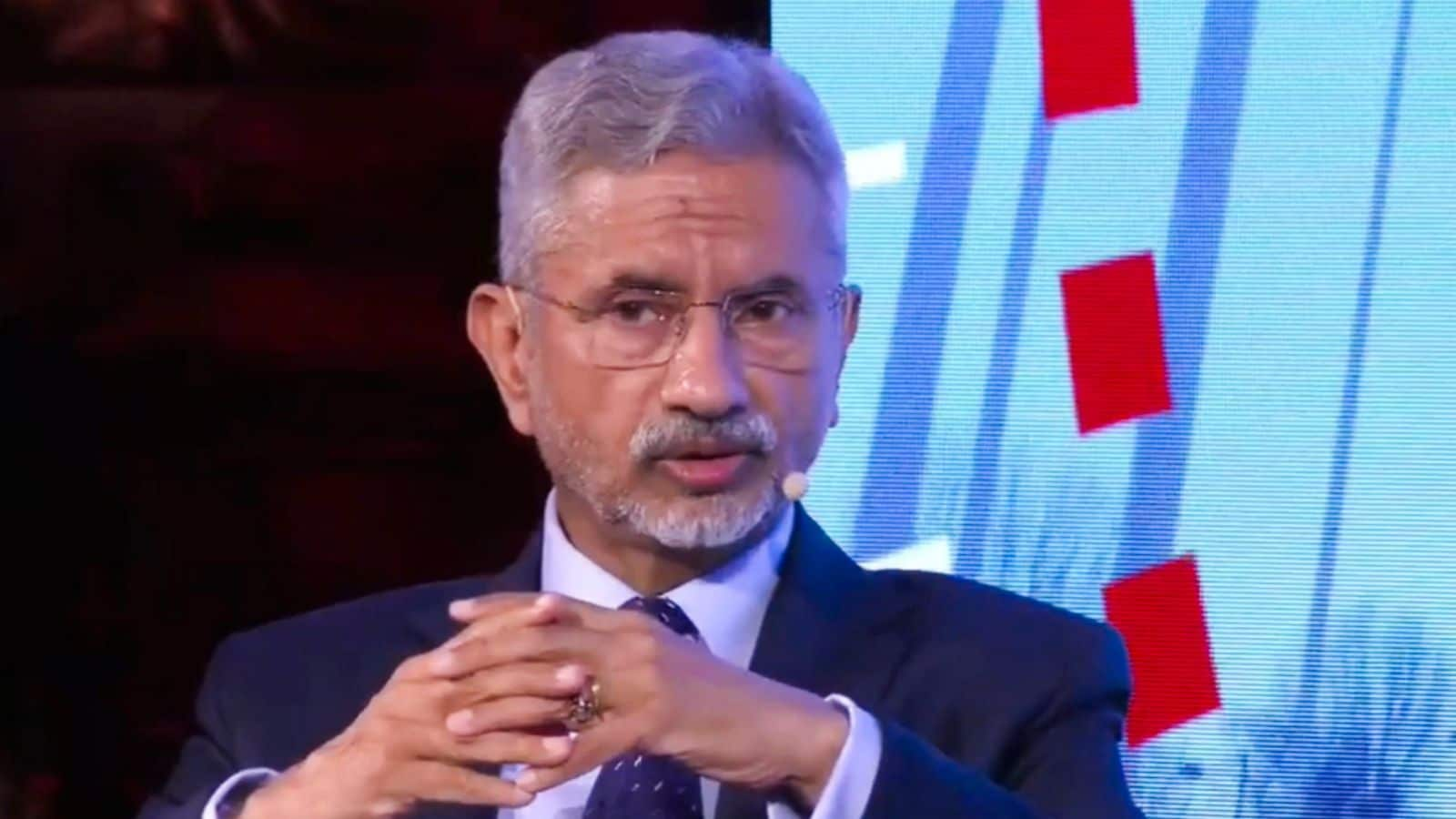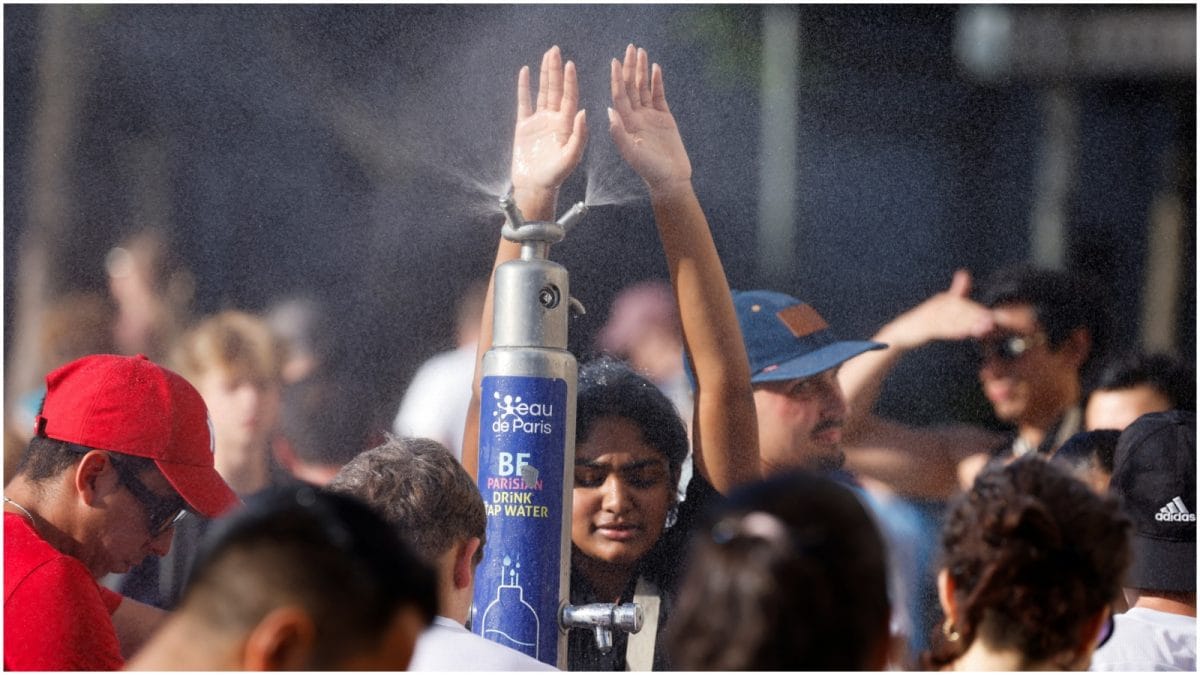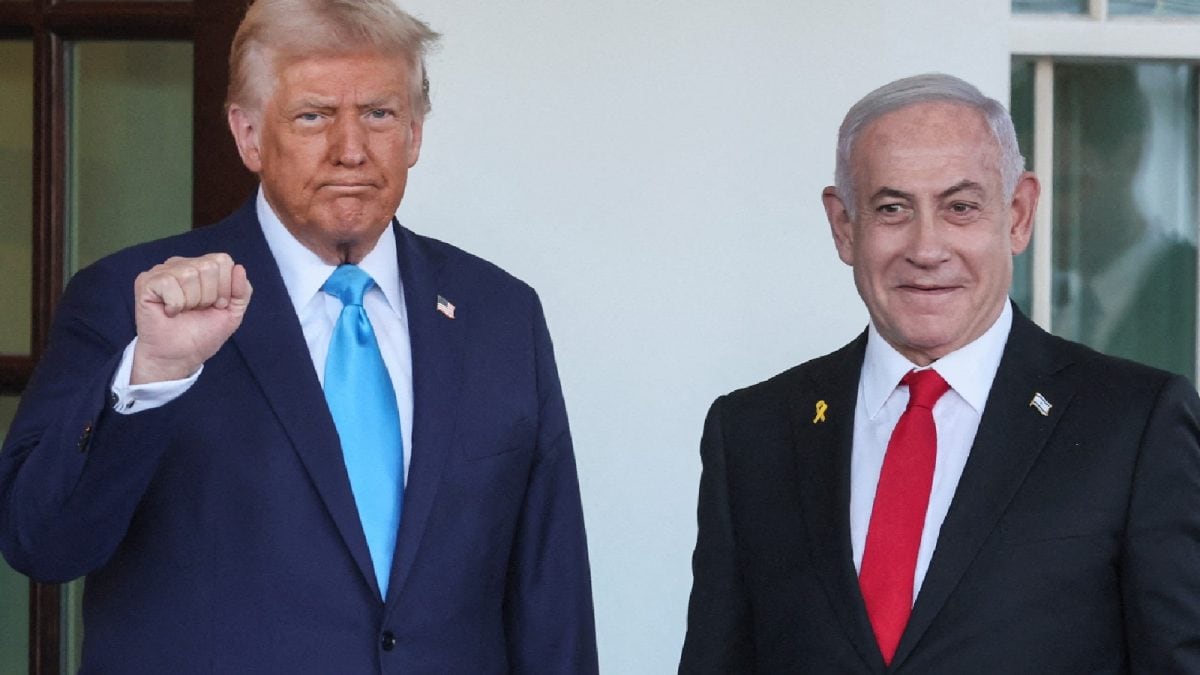Last Updated:May 20, 2025, 15:16 IST
ISPR has specialised units for media campaigns, cyberattacks, deep fakes, and bot-driven misinformation to conduct hybrid warfare strategies

ISPR’s media wing handles digital propaganda, while cyber units conduct cyberattacks and misinformation campaigns. (Pixabay)
As the dust settled over the Line of Control after India’s swift and calculated military retaliation in Operation Sindoor, a different kind of battle was just beginning—one fought not with missiles or troops, but with tweets, deepfakes, and orchestrated outrage.
At the heart of this battle lies Pakistan’s Inter-Services Public Relations (ISPR)—a seemingly innocuous media wing of the Pakistan Army. But behind the curtain, ISPR functions as a digital war command center, orchestrating a hybrid warfare strategy that weaponises misinformation, bot networks, and psychological operations.
As India struck terror camps across Pakistan and PoK, ISPR launched a digital counteroffensive. Using AI-driven bot networks and recycled war footage, they pushed out false claims of downed Indian jets, fake advisories urging citizens to stockpile supplies, and even accused India of staging attacks on its own soil, such as the Amritsar civilian incident.
Fake victory claims flooded social media platforms, amplified by Chinese-linked accounts and Turkish state media like TRT World and Anadolu Agency. The aim was clear: create confusion, demoralise Indian citizens, and erode New Delhi’s international credibility.
Far from being a rogue actor, ISPR operates as part of a deeply coordinated strategy between the Pakistani Army and ISI (Inter-Services Intelligence). The media wing handles digital propaganda, while cyber units conduct cyberattacks and misinformation campaigns, often targeting middle-class segments in India through low-paid influencers with large digital footprints.
Indian Republic Day 2023 was one such battlefield. ISPR spearheaded the #26JanuaryBlackDay campaign—circulating doctored images and staged protests in Kashmir. The images were later proven to be edited or pulled from unrelated events, but not before gaining massive traction.
To give their campaigns an air of legitimacy, ISPR doesn’t rely solely on bots. It engages celebrities, influencers, and even Indian journalists. One of the most divisive tactics came when ISPR portrayed Indian Sikh cricketer Arshdeep Singh as a Khalistani sympathizer, attempting to exploit communal tensions and fracture India’s social fabric.
Cricketer Shahid Afridi—a regular feature of Pakistan’s “soft power" diplomacy—was strategically deployed at the Wagah border and later in Khyber Pakhtunkhwa, stirring anti-India sentiments under the guise of peace activism.
On the political front, figures like Khwaja Asif, Ishaq Dar, and even Prime Minister Shehbaz Sharif were instrumental in echoing ISPR’s messaging. Their statements were promptly amplified across pro-Pakistan outlets like Al Jazeera, cementing false narratives into perceived truths.
Perhaps the most chilling revelation is ISPR’s long-term strategy of “arming" the enemy’s media space. Indian influencers like Jyoti Malhotra and others were reportedly approached by ISI operatives, not for immediate action, but to act as dormant assets, available to inject sensitive narratives or leak information at opportune times. This reflects a shift from episodic propaganda to sustained information warfare, where influence is planted and cultivated like sleeper cells in the information ecosystem.
ISPR has honed its strategy of forming strategic partnerships with sympathetic media across the Islamic world, especially Turkish and Qatari networks. Through TRT World, Anadolu Agency, and Al Jazeera, ISPR’s anti-India content finds a global audience, rebranded as “human rights journalism" or “geopolitical analysis."
Their coordination with Chinese social media influencers and state-backed platforms further bolsters their outreach, creating an echo chamber of anti-India disinformation that thrives on digital virality and emotional manipulation.
ISPR’s role, thus, is no longer just about managing Pakistan’s military image—it has become the spearhead of Pakistan’s hybrid war doctrine, designed to exploit fault lines in Indian society, fracture global perception, and compensate for conventional military weaknesses.
Location :Islamabad, Pakistan
First Published:News world The Invisible War: Inside ISPR’s Disinformation Campaign Against India | Exclusive

 1 month ago
1 month ago
